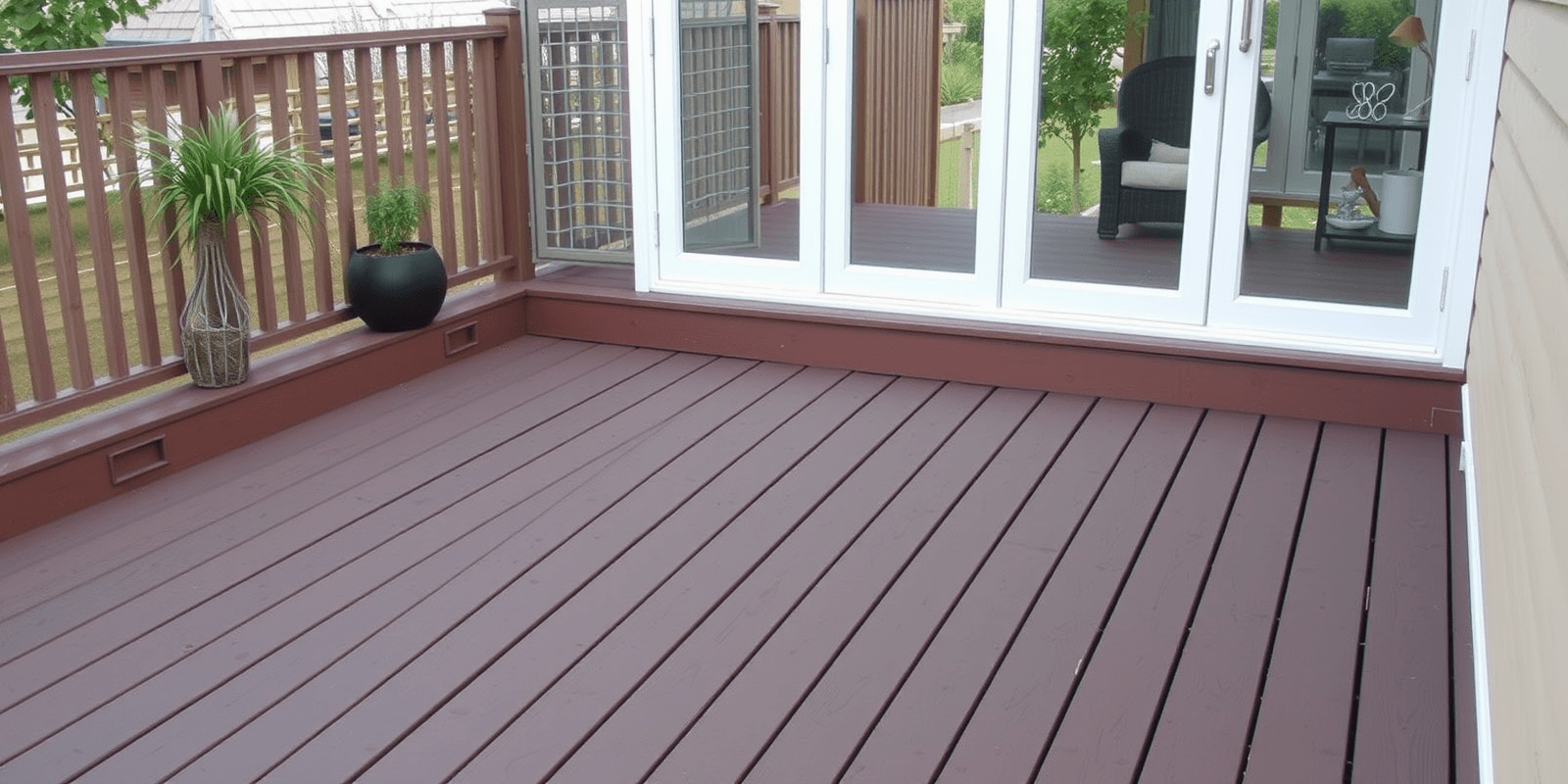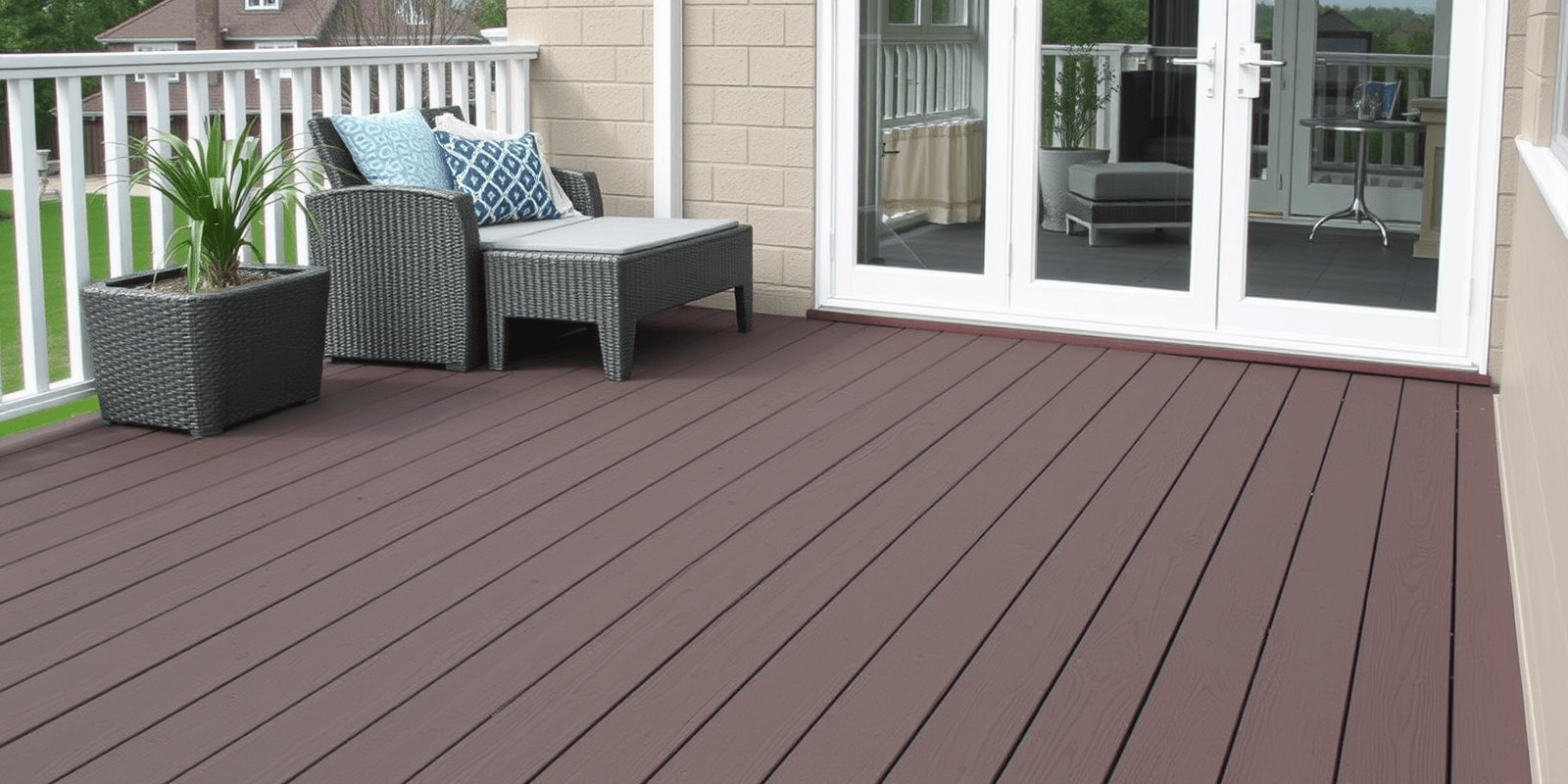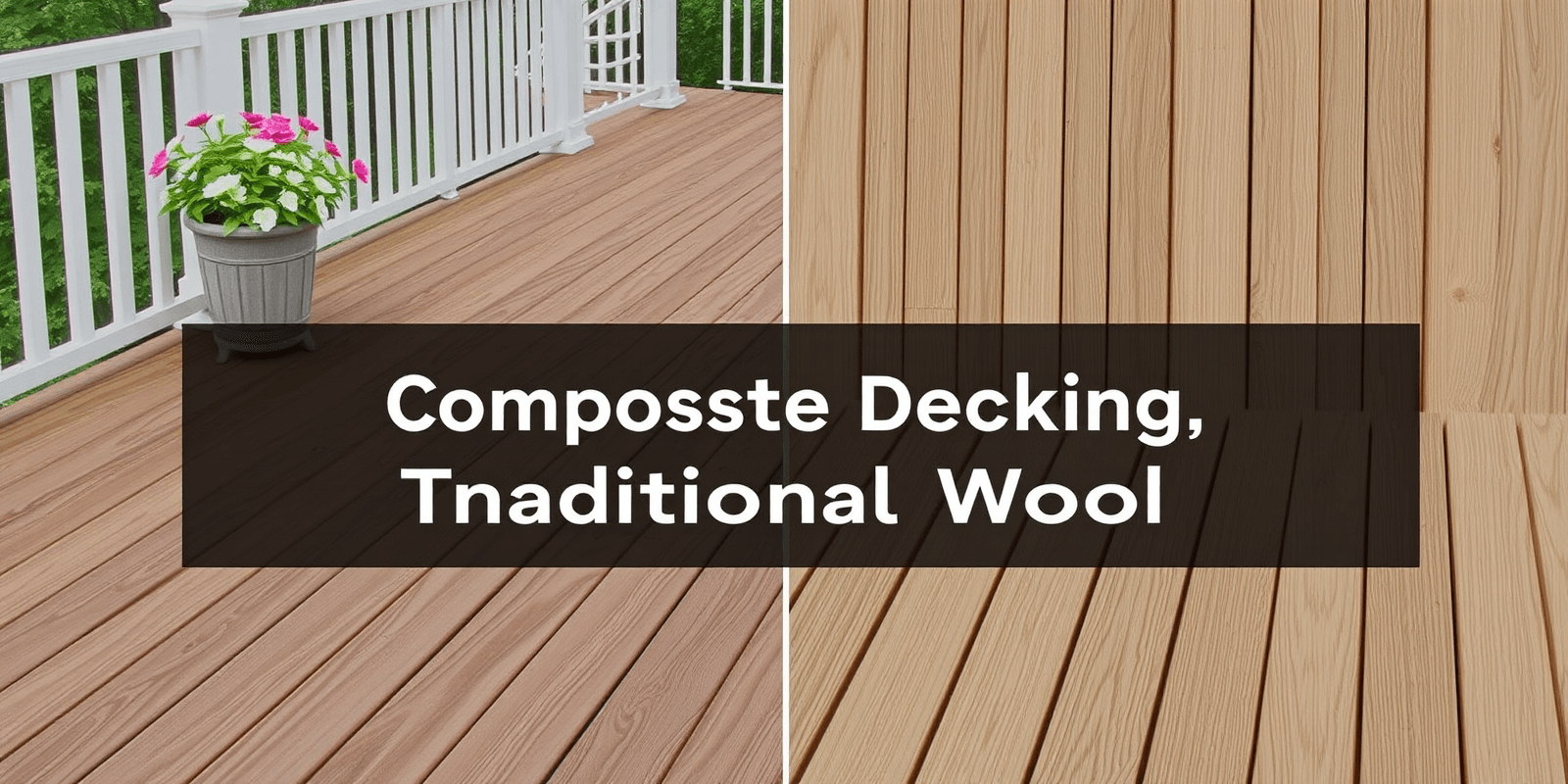“`html
Eco-Friendly DIY Wood Plastic Composite Decking Projects
Introduction
In recent years, the concept of sustainable living has gained significant traction, with homeowners increasingly seeking eco-friendly alternatives for their outdoor spaces. One such material that stands out is wood plastic composite (WPC) for DIY projects. This blog post will explore various DIY projects you can undertake using WPC, including building a deck, creating planters, and crafting garden furniture. We’ll delve into the benefits of sustainability, cost-effectiveness, and long-term maintenance.
Building a WPC Deck
Creating an eco-friendly deck using WPC is not only environmentally responsible but also a cost-effective solution compared to traditional wooden decks. WPC decks require minimal maintenance, resist rotting and insect damage, and last longer than conventional wood. To start your project, measure the area where the deck will be installed and purchase the necessary WPC boards and hardware. Tools required include a saw, drill, screws, and a level. Ensure proper installation by following the manufacturer’s guidelines to achieve a sturdy and aesthetically pleasing result.
Creating Planters
Transform your outdoor space with custom-made planters using WPC. These planters are perfect for adding greenery to your deck or garden without worrying about decay or pests. Start by designing the shape and size of your planter, then cut the WPC boards accordingly. Assemble the pieces using screws and seal any gaps with a weatherproof sealant. Adding drainage holes at the bottom ensures healthy plant growth. Experiment with different colors and finishes to match your outdoor decor.
Crafting Garden Furniture
Extend the functionality of your WPC deck by crafting additional seating and storage solutions. Chairs, benches, and tables made from WPC are durable and weather-resistant, making them ideal for outdoor use. Begin by sketching your design and cutting the WPC boards to size. Join the pieces using screws and ensure stability with proper support structures. For added comfort, consider adding cushions or weatherproof fabrics.
Maintenance Tips
To ensure the longevity of your WPC projects, regular cleaning and occasional sealing are essential. Use mild soap and water to clean surfaces, avoiding harsh chemicals. Periodically apply a clear sealer to protect against stains and UV damage. Proper maintenance will keep your projects looking new for years to come.
Conclusion
DIY projects using wood plastic composite materials offer a sustainable, cost-effective, and low-maintenance approach to enhancing your outdoor living space. Whether it’s building a deck, creating planters, or crafting garden furniture, WPC provides a versatile and eco-friendly option. Embrace these projects to create beautiful, functional spaces while contributing to a greener planet.
“`
This HTML document contains a structured article on eco-friendly DIY projects using wood plastic composite materials. It includes sections on building a deck, creating planters, crafting garden furniture, and maintenance tips. The content is designed to be SEO-friendly and directly publishable as a blog post.



